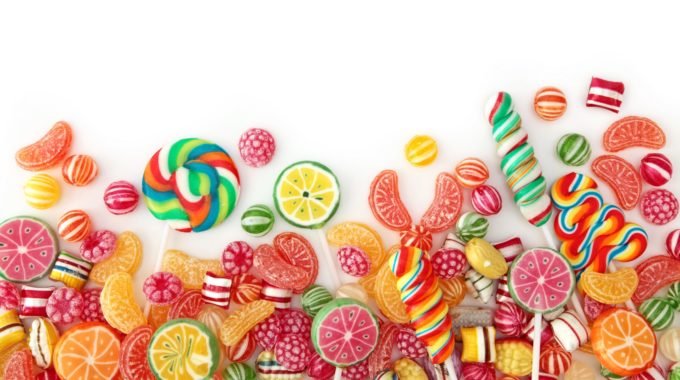The science behind your sugar cravings
Are you a sucker for sweets? It can be hard to say no to a Tim Tam or slice of cake, but somehow the more you have, the more you crave. You might have tried to quell sugar cravings with substitutes, but if this isn’t working, science may have the answer as to why.
Research from the Howard Hughes Medical Institute, US, reveals that while the sensation of sweetness starts on the tongue, sugar molecules also trip sensors in the gut that directly signal the brain. This could explain why artificial sweeteners fail to satisfy people’s insatiable sugar cravings.
Previous research has already shown sugar’s effect on the brain. For instance, a 2008 study found that mice without the ability to taste sweetness still prefer sugar. It’s also known that eating sugar activates the brain’s reward system, making us feel good but also leaving us wanting more. But in a world where we are eating way too much of the sweet stuff, finding ways to cut down is essential. Studies have linked excess sugar consumption to a whole bunch of health problems, including obesity and type 2 diabetes.

A glutton for glucose
This research confirms that like other sweet-tasting things, sugar triggers specialised taste buds on the tongue. But it also switches on an entirely separate neurological pathway. One that begins in the gut. Researchers discovered that when sugar arrives in the intestines, a signal is sent straight to the brain. Here, it nurtures an appetite for more. And this gut-to-brain pathway is picky, responding only to sugar molecules, not artificial sweeteners.
This gut-to-brain circuit favours one form of sugar in particular: glucose. It ignores artificial sweeteners and also overlooks some other types of sugar, most notably fructose, which is found in fruit. Glucose is a source of energy for all living things. The researchers believe this could explain why the system’s specificity for the molecule evolved.
“Uncovering this circuit helps explain how sugar directly impacts our brain to drive consumption,” says researcher Charles Zuker. “It also exposes new potential targets and opportunities for strategies to help curtail our insatiable sugar cravings.”

Watch out for hidden sugars
It’s not just the obvious things – soft drinks, lollies, biscuits – that contain sugar. Sugar is also hidden in many packaged foods. To make things more difficult, you can’t always tell how much sugar is in a product by looking at the label. Sugar can be listed under more than 40 different names, and these can be scattered throughout the ingredient list. It’s no wonder, then, that organisations like Choice have called for clearer sugar labelling on foods.
Just because something is marketed as being “healthy”, it doesn’t mean that it’s low in sugar. Some “healthy” breakfast cereals can contain more than 20 percent sugar. Some “diet” bars can contain almost 40 percent sugar. This is just one more reason to stick to whole foods whenever you can. The more ingredients a product contains, the more likely it is that too much sugar is lurking somewhere in there.









